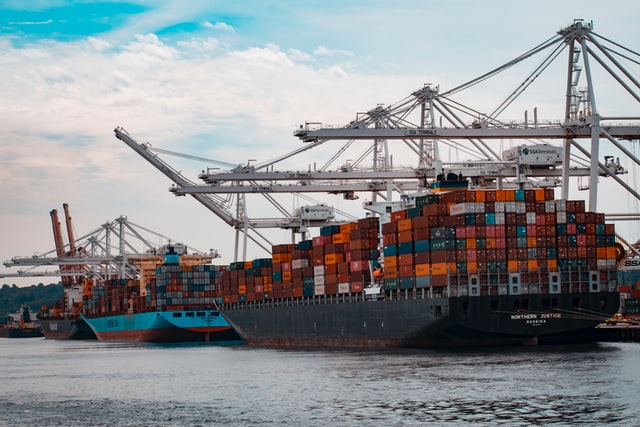-
The new year has seen “the same vertical take-off” for East-West container freight rates, as the shipping supply chain blockage continues to worsen
-
“We expect things to normalize during H1 2021—whether in March or May is difficult to say,” said one carrier
-
Carriers plan to deploy all available vessels, both owned and chartered, to improve the situation
-
They are also looking to abandon blank sailings related to Chinese New Year and instead use the sailings to reposition empties
Cargo shippers may have to endure the current very high freight rates for some time as the container logjam is seen to continue at least until the second quarter of this year, according to a new analysis by Drewry.
“Ocean carriers now appear to be onboard to help mitigate the supply chain crisis, but sadly it seems likely to last until at least 2Q21, which will mean highly elevated freight rates in the meantime,” the shipping consultancy said.
It noted that the new year has seen “the same vertical take-off” for East-West container freight rates, as long queues continue to gather outside major ports around the world and the blockage of the container shipping supply chain worsens.
Carriers and forwarders are unable to predict when the current crisis might end, but the consensus view is that it would take months rather than weeks.
One carrier told Drewry: “We expect things to normalize during H1 2021—whether in March or May is difficult to say.”
Drewry said cargo owners will likely “have to endure these very high freight rates for some time, but we might see some of the more outlandish ‘premium’ rates disappear much sooner.”
All of the carriers surveyed agreed that the root cause of the current crisis is the suddenness of the demand surge that caught all stakeholders off-guard.
Restocking in the US and Europe, a dramatic rise in e-commerce sales, and the pandemic restricting port and warehousing personnel and trucking capacity all conspired to dramatically lengthen container turnaround times.
More e-commerce trade has reduced the amount of available warehousing space and more containers are reportedly being used as an extended storage/ad hoc warehouse facility, contributing to the delays in box turn times.
The congestion problem has deteriorated so quickly that carriers struggle to deliver on promises and fear they may be forced to refund. Moreover there are worries that cargo owners will soon have to consider moderating orders due to the severe delays.
Drewry said that to avoid delays and ease port congestion, carriers are expected to adjust down their operations to give the struggling landside operations space and time to get right. This will involve more flexible services that avoid the most congested locations.
Additionally, the carriers listed other measures being undertaken to improve the situation including:
- Deploying all available vessels, both owned and chartered
- Significantly higher investment in new and second-hand containers
- Abandoning blank sailings related to Chinese New Year and instead use the sailings to reposition empties
- Shifting allocation between lines and ports to match demand with equipment availability
- Faster turnaround times for containers (release control, early returns, low empty dwell time)
- Maintaining a close dialogue with authorities and unions to solve the challenge of safe vessel crew change
- Increasing personnel in ports and inland terminals/warehouses
Said Drewry: “Ultimately, there is no quick fix solution for the container supply chain. It will take all of the measures as outlined above, but perhaps most significantly it will require a respite from the demand deluge.”
Drewry expects the landside bottlenecks to force a level of demand self-correction. Further, the speed of the vaccine roll-out will also play a key role by increasing logistics personnel numbers and slow the growth in e-commerce as fewer social restrictions should push more expenditure towards services.





